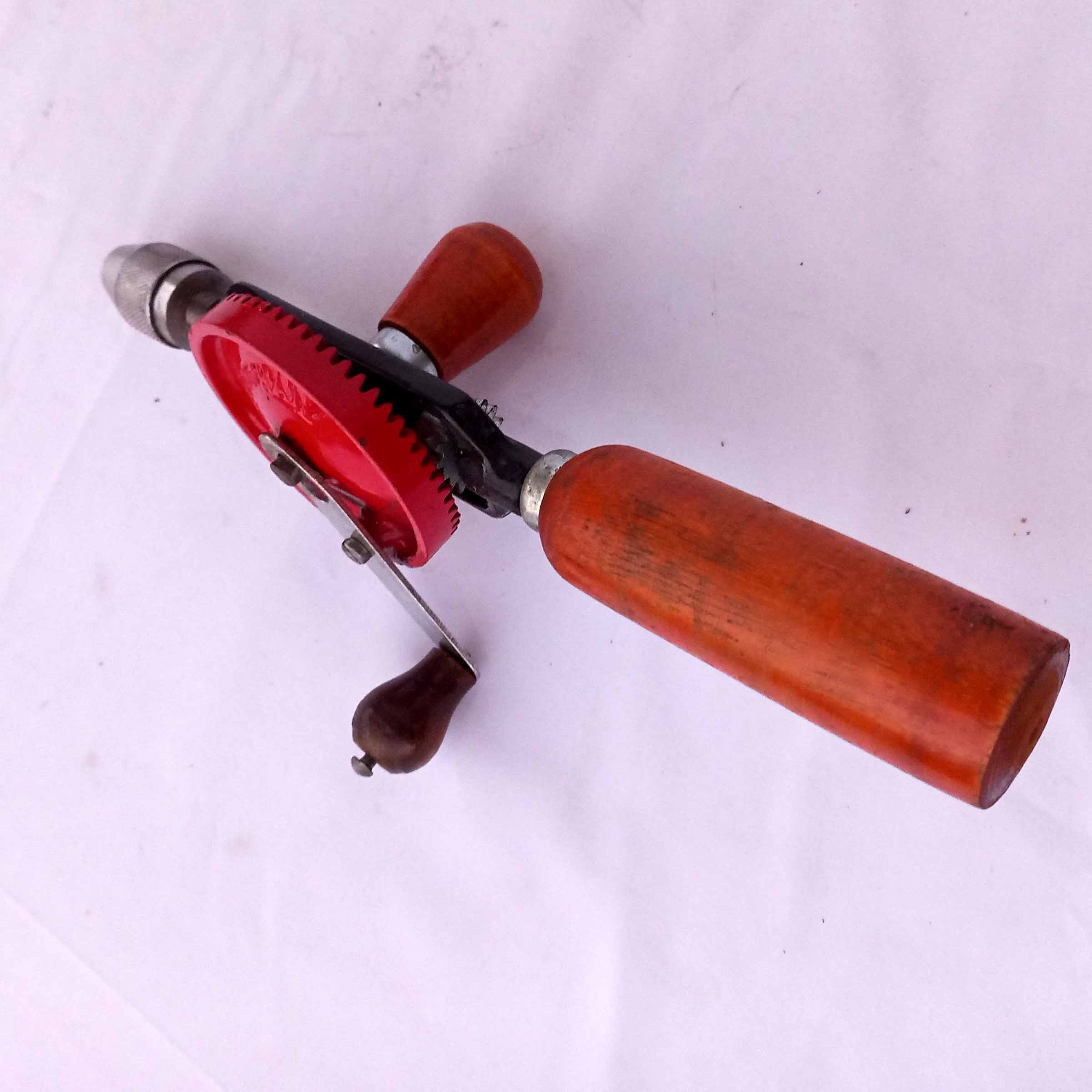In the world of power tools, two commonly used tools for drilling and shaping materials are rotary tools and hand drills. While both serve similar purposes, they have distinct differences in terms of design, functionality, and applications. Understanding these disparities is crucial for selecting the right tool for specific tasks. In this article, we will delve into the dissimilarities between rotary tools and hand drills, providing a comprehensive analysis to help you make informed decisions.
- Design and Construction:
Rotary tools, also known as rotary multi-tools or Dremels (after the popular brand), are handheld devices with a compact and ergonomic design. They typically consist of a motorized body, a rotating collet, and interchangeable attachments or bits. On the other hand, hand drills are manual tools that feature a cylindrical body with a handle at one end and a chuck at the other. The chuck securely holds drill bits of various sizes. - Functionality and Versatility:
Rotary tools excel in versatility due to their wide range of attachments and accessories. They can be used for drilling, grinding, sanding, cutting, polishing, and even engraving. With the ability to switch between different attachments, rotary tools offer flexibility and precision, making them ideal for intricate and detailed work. Hand drills, on the other hand, are primarily designed for drilling holes in various materials. They provide a straightforward and reliable drilling experience, but lack the versatility of rotary tools. - Power and Speed:
Rotary tools are powered by electricity, either through a cord or a rechargeable battery. This power source enables them to deliver high rotational speeds, typically ranging from 5,000 to 35,000 revolutions per minute (RPM). The variable speed control allows users to adjust the tool's RPM based on the task at hand. In contrast, hand drills rely on manual force applied by the user. While this limits their speed and power, it also provides greater control and precision, making them suitable for delicate drilling operations. - Applications:
Due to their versatility, rotary tools find applications in various industries and hobbies. They are commonly used in woodworking, metalworking, jewelry making, and even in dental and medical procedures. The ability to switch between attachments makes them indispensable for professionals and DIY enthusiasts alike. Hand drills, on the other hand, are widely used in construction, carpentry, and general household tasks that involve drilling holes in materials such as wood, plastic, or metal.
Conclusion:
In summary, rotary tools and hand drills have distinct differences in design, functionality, power, and applications. Rotary tools offer versatility, precision, and a wide range of applications, while hand drills provide simplicity, reliability, and control. Choosing between the two depends on the specific task at hand and the level of versatility required. By understanding their disparities, you can make informed decisions and select the most suitable tool for your needs.
